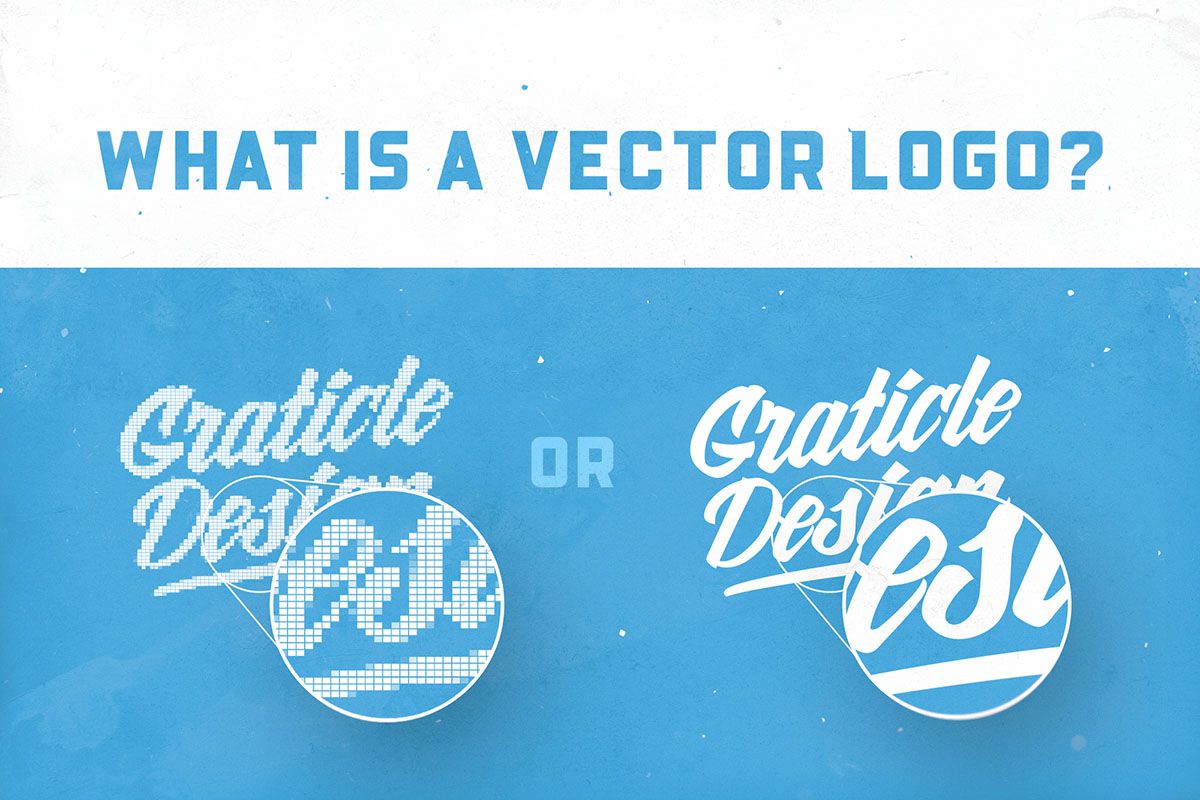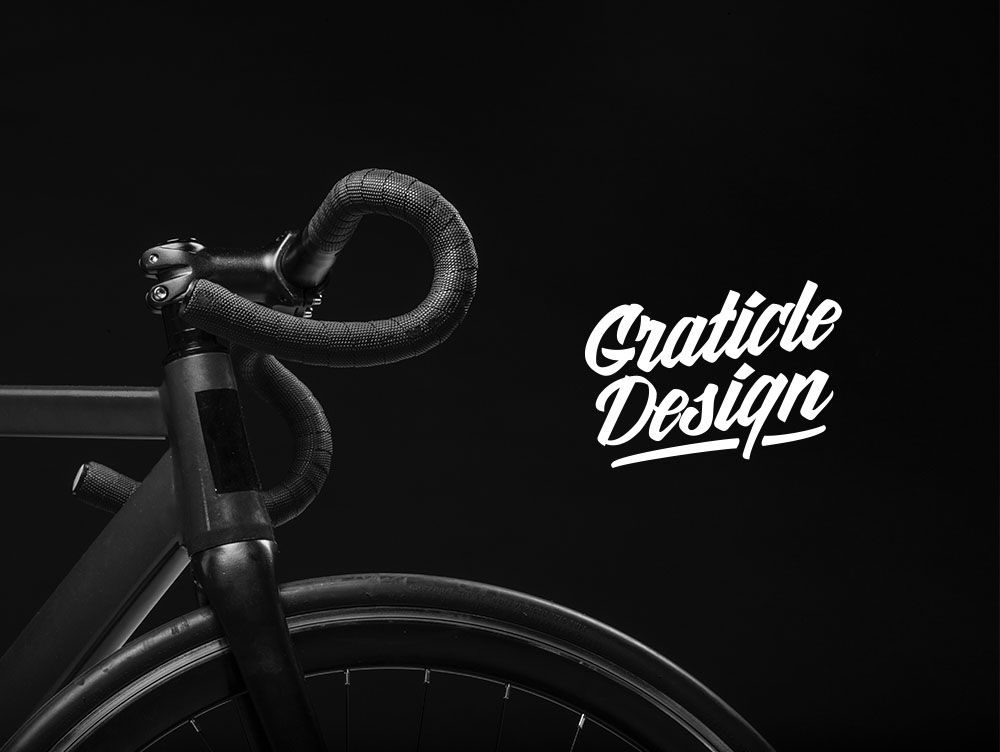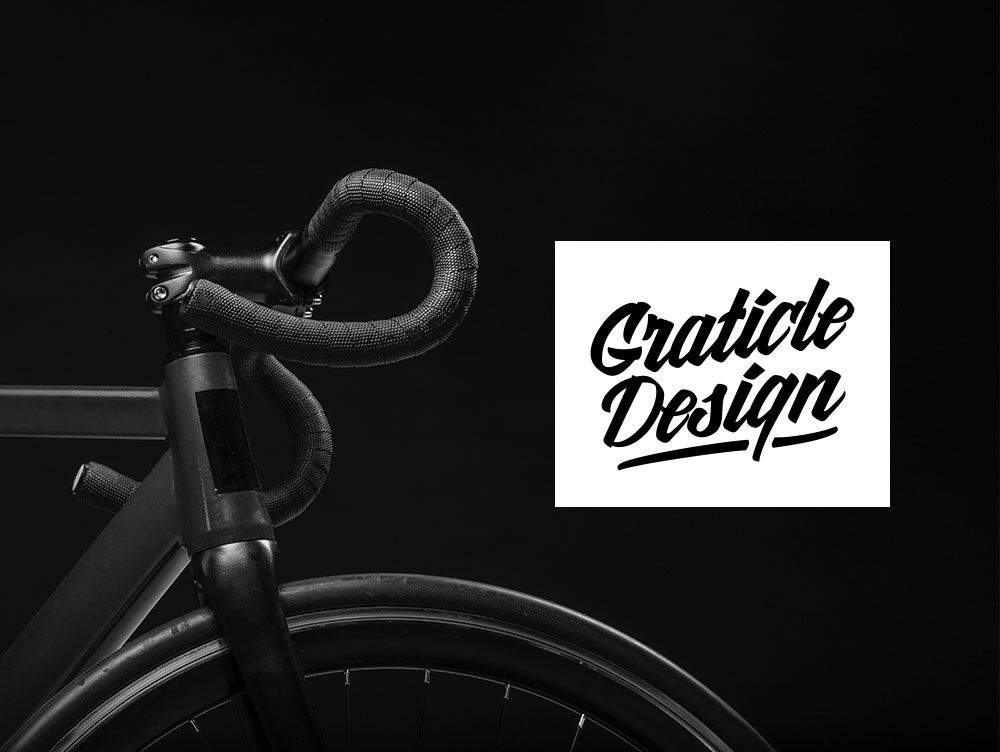
Who doesn’t want their company’s logo to look crystal clear when printed?
But how do you guarantee when your logo is printed on a banner or brochure that it won’t become blurry?
![]()
Cheers to a blurry logo!
Every week we work with a new customer who already has a logo designed for their business.
When we ask for the original logo files, they send the files their previous designer sent them. Often, this is a file ending in .jpg or .png. While these formats will work on your website or on a PowerPoint when it comes to print it’s less than ideal. Plus, if you need to make any changes to your logo, you’re out of luck.
For instance, let’s say you need to print your logo on a dark background, but your logo is black, what do you do?
Instead of this…

You end up with this….

Now that we’ve gotten that out of the way, let’s explain what a pixel-based image is:
What’s the difference between pixels and vectors?
The main difference is how the image is created. A pixel-based image is made up of a lot of squares while a vector image is made up of mathematical equations that create the graphic.
What is a Pixel-Based Image?
A pixel-based image (also known as raster) are file formats that are limited in quality to the specified size. For instance, if your logo is 800px by 800px you can’t make it larger than that without losing quality. A pixel is a square of artwork and by enlarging a pixel-based image, you’re just making the squares larger, which decreases the overall quality.
Most common pixel-based image file formats end in .jpg, .png, and .bmp.
What is a Vector Graphic?
A vector image is an image made with mathematical equations. You can make it as large (or small) as you’d like without losing any quality. If you want to have your logo on a business card, it’ll look great. If you want to put it on a billboard or an airplane, you’re good to go. It’ll look just as clear as on your business card.
Most common vector-based image file formats end in .ai, .pdf, .eps, .svg, and .tiff.
When Should I Use a Vector Graphic?
You should use a vector image any time you are going to print something. If you have an illustrator that created an amazing squirrel that compliments your brand and you want to include that in your brochure, make sure you use a vector version.
When Should I Use a Pixel-Based Image?
You should use a pixel-based image anytime you have a photograph. You’ll, of course, want to make sure you have a high-resolution photograph with a DPI (dots per inch) of at least 300 to guarantee a quality outcome in print.
What If I Don’t Have a Vector Logo?
It’s the end of the world. I’m so sorry.
More seriously, call/text (360) 450-3711 or email us (hello@graticle.com).
Depending on your logo this can be straight-forward or complex. But either way, we can go over those options with you.
What we’ll do is “redraw your logo” to match your original logo and export it to vector-based formats.
When we’re finished, you’ll have a whole slew of file formats to use now and in the future. When you need new t-shirts and the printer requests your logo, you’ll send them a .zip file and be on your way.





